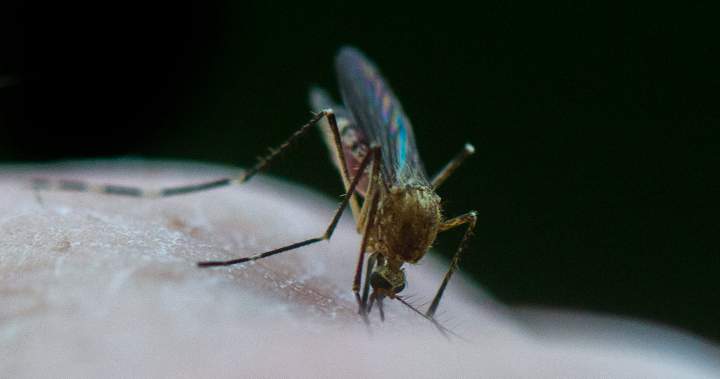The steady march of West Nile virus into Quebec’s remote northern regions represents a troubling new chapter in Canada’s climate change narrative. Once confined primarily to southern parts of the province, the mosquito-borne illness has been detected with increasing frequency in areas previously considered too cold for the virus to thrive.
“We’re witnessing disease boundaries shift in real-time,” explains Dr. Marie Leblanc, infectious disease specialist at McGill University Health Centre. “Regions that historically remained free of West Nile virus are now reporting cases with alarming regularity.”
Provincial health officials confirmed last week that mosquito surveillance programs detected the virus in samples collected from the Abitibi-Témiscamingue region, over 600 kilometers north of Montreal. This marks the fifth consecutive year of northward expansion, with each summer bringing detections in previously unaffected communities.
Climate modeling from Environment Canada suggests average temperatures in northern Quebec have risen approximately 1.7°C since 1990, creating longer breeding seasons for mosquito populations and extending the viability period for the virus. The warming trend has effectively transformed once-inhospitable environments into suitable habitats for disease vectors.
Quebec’s public health agency has documented a 38% increase in West Nile virus cases province-wide over the past decade, with 76 confirmed infections reported last year. More concerning is the geographic distribution pattern, which shows a clear correlation between warming trends and disease spread.
“The evidence is unequivocal,” states climatologist Dr. Jean Tremblay from Université Laval. “As temperatures rise, mosquito populations establish themselves in new territories, bringing diseases like West Nile virus to communities with little historical exposure or immunity.”
The provincial government has allocated $3.8 million toward enhanced surveillance and public education programs, particularly targeting remote communities where healthcare infrastructure may be less equipped to handle outbreaks. Health officials emphasize that while most infected individuals experience mild symptoms or none at all, approximately 20% develop fever, headache, and body aches, with a small percentage facing more severe neurological complications.
Indigenous communities in Quebec’s north face particularly elevated risks, according to research published in the Canadian Journal of Public Health. Traditional hunting and gathering activities often coincide with peak mosquito season, increasing exposure potential in populations already dealing with healthcare access challenges.
Municipal authorities across the province have intensified mosquito control efforts, focusing on eliminating standing water breeding sites and deploying targeted larvicide applications in high-risk areas. However, experts warn these measures represent temporary solutions to a growing climate-driven problem.
“We’re essentially playing catch-up,” admits Quebec Environment Minister Sophie Bergeron. “Climate adaptation requires both immediate protective measures and long-term emission reduction strategies to address root causes.”
Health officials urge residents, particularly in newly affected regions, to take precautions including using mosquito repellent, wearing long sleeves during peak mosquito hours, and eliminating standing water around homes. The province has established a dedicated West Nile information portal at CO24 Canada News to provide community-specific guidance.
As warming trends continue, will Quebec’s experience with West Nile virus serve as a warning for other Canadian regions facing similar climate-driven health threats, or will it catalyze the comprehensive adaptation strategies desperately needed in our warming world?

























